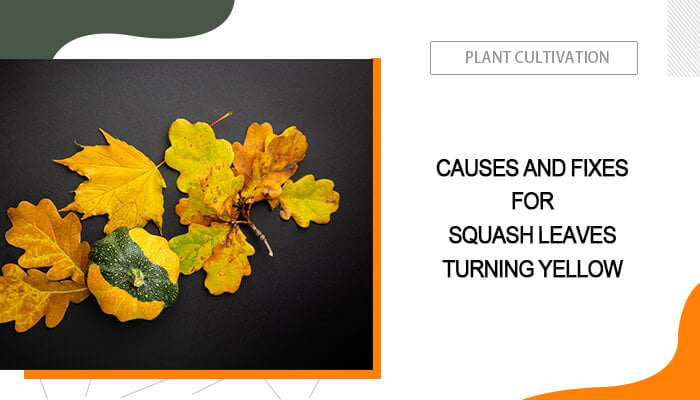Seeing yellow leaves on your beloved squash plants can be alarming. However, don’t feel fret! This common issue can be caused by a variety of factors, from nutrient deficiencies to pests and diseases. Understanding the root cause is key to effectively treating the problem and ensuring a healthy, productive squash patch.
This comprehensive guide will explore the most common reasons for squash plant leaves turning yellow and provide practical solutions to help you revive your plants and get them back on track for a bountiful harvest.
Table of Contents
What Does a Squash Plant Look Like?
A squash plant is a vigorous, sprawling vine known for its broad, lobed leaves and vibrant blossoms. The leaves are typically large, green, and have a somewhat coarse texture with deep veins and serrated edges. Depending on the variety, the plant can either trail along the ground or have a more bush-like appearance. The vines produce tendrils that help the plant climb and spread, allowing it to cover significant ground area if left unchecked.
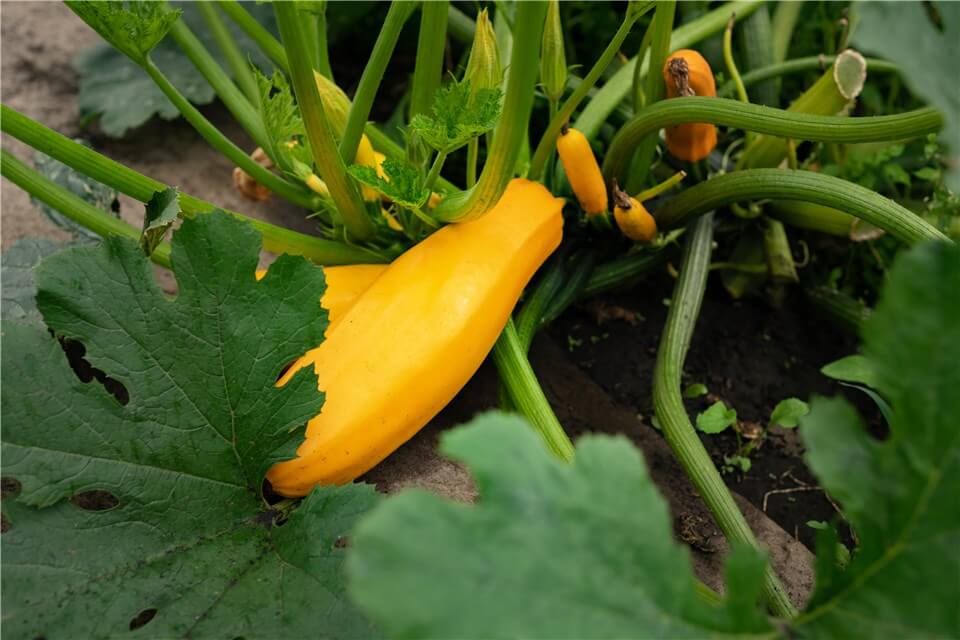
What Does a Squash Plant Look Like
One of the most striking features of the squash plant is its flowers. These are usually bright yellow or orange, trumpet-shaped, and come in both male and female forms on the same plant. The male flowers often appear first and are attached to long, slender stems, while the female flowers are distinguishable by the small bulbous fruit located directly behind the petals. As the plant matures, these female flowers develop into the familiar squash fruits, which can vary widely in shape, size, and color based on the specific cultivar.
What Does Yellow Squash Leaves Look Like?
Yellow squash leaves indicate the plant suffers from potential issues. This can appear in different shades of yellow - from a pale and sickly yellow to a more vibrant and golden yellow. The leaves might have a slightly wilted appearance, and their texture might feel less firm than healthy green leaves.
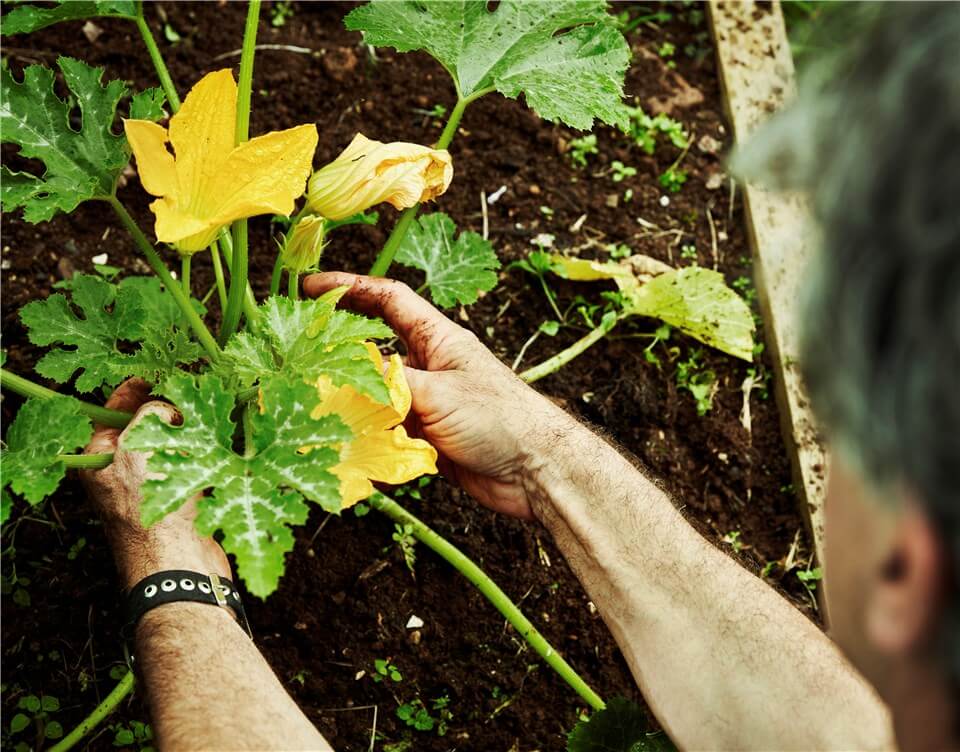
Yellow Squash Leaves
In some cases, the yellowing might be concentrated in specific areas, such as the tips or edges of the leaves, while other parts remain green. In other cases, you can see yellow spots on squash leaves.
The severity of squash leaves turning yellow can also vary. Some leaves will only showcase a subtle change in color, while others are completely yellowed. Observing the overall appearance of the leaves, along with other symptoms like wilting or stunted growth, can help pinpoint the cause of the yellowing and guide your treatment plan.
Why Are My Squash Leaves Turning Yellow?
Worried about those yellowing squash leaves? Don’t panic! Squash Leaves Turning Yellow are often a sign of nutrient deficiency, overwatering, pests, diseases, and environmental stress. Here’s a breakdown of what causes butternut squash leaves turning yellow.
Nutrient Deficiency
Squash plants are heavy feeders. They require a good supply of nutrients, especially for nitrogen. Squash plant leaves turning yellow, particularly older ones, can indicate a lack of nitrogen. When this occurs, you can try fertilizing with a balanced fertilizer or a nitrogen-rich fertilizer to see if that helps.
Overwatering or Underwatering
Both overwatering and underwatering can lead to yellowing leaves. Overwatering can cause root rot, which prevents the plant from absorbing water and nutrients. On the other hand, underwatered plants will also struggle to absorb nutrients and may show signs of wilting.
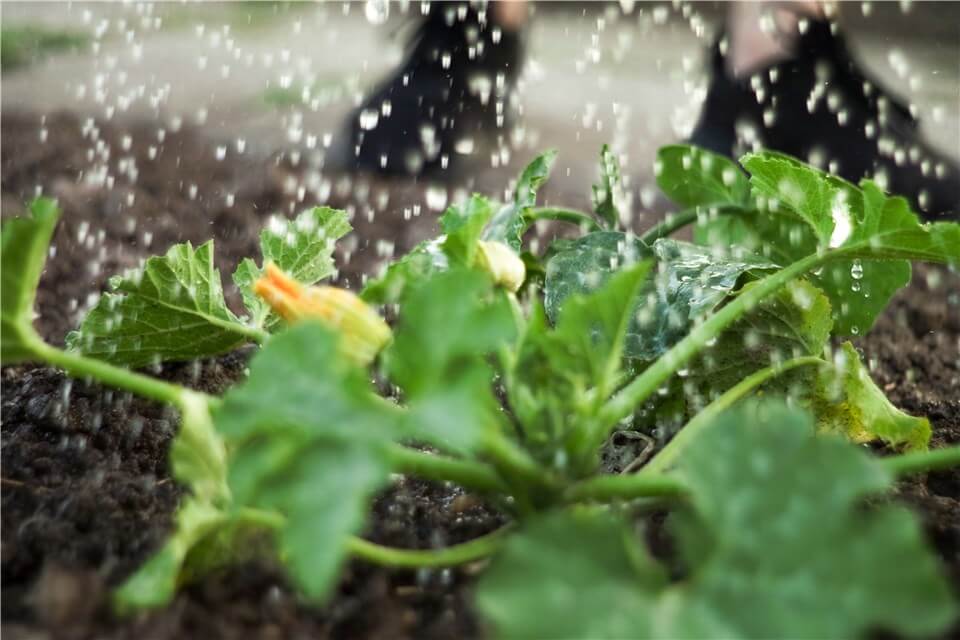
Overwatering Squash Leaves
Pests
Certain pests - such as squash bugs or spider mites, can suck the sap from leaves. These pests may cause squash leaves to turn yellow and die eventually. Therefore, you should inspect if there are pests on your squash leaves and take appropriate action to control them.
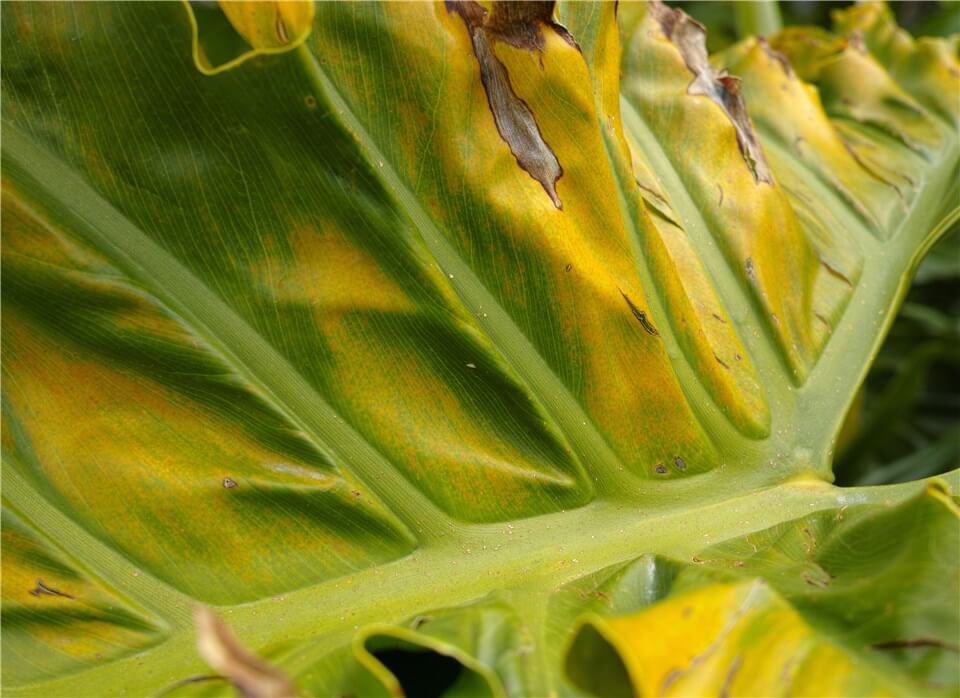
Squash Leaves Suffer From Pests
- Aphids: These tiny insects can cluster on the underside of leaves, sucking the sap and leading to yellow, distorted leaves.
- Spider Mites: These pests also suck sap from the leaves, causing yellow speckling and eventual browning.
- Squash Bugs: These bugs inject a toxin into the leaves while feeding, which causes yellow spots that can spread.
Diseases
Fungal diseases like powdery mildew can also cause yellowing leaves. Check if squash leaves turning yellow with white spots. A powdery white coating on the leaves are a sign of powdery mildew. This fungal disease thrives in warm, humid conditions and can quickly spread to other plants.
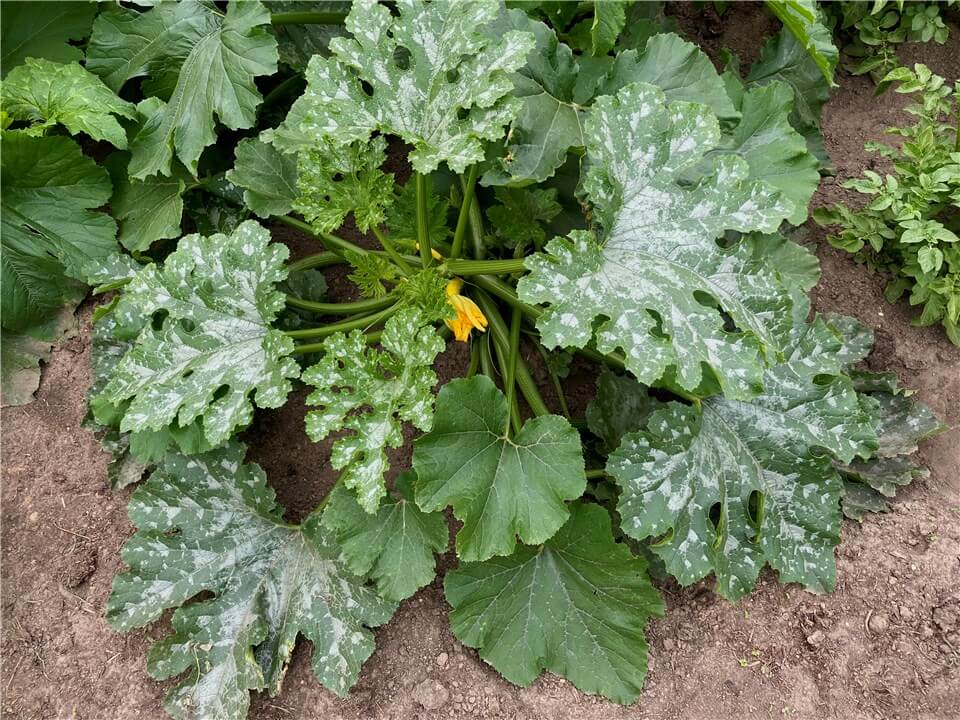
Squash Powdery Mildew
Environmental Stress
Extreme temperatures, either too hot or too cold, can stress squash plants and cause leaves on squash plant turning yellow. Squash plants prefer warm temperatures, ideally between 70-85 degrees Fahrenheit. If temperatures are consistently above 90 degrees Fahrenheit, the plants may experience heat stress, which will lead to squash leaves turning yellow and crispy.
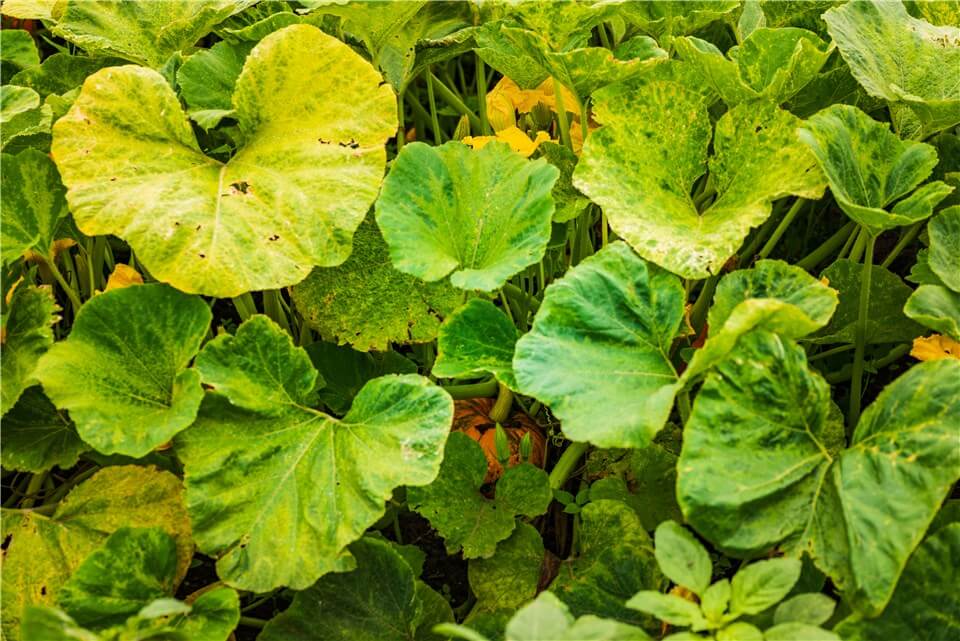
Squash Leaves Suffer From Environmental Stress
On the other hand, if temperatures drop below 50 degrees Fahrenheit, the plants may experience cold stress, which can also cause squash yellowing leaves and slow growth. To protect your squash plants from temperature extremes, consider providing shade during hot weather and covering them with row covers or frost blankets during cold nights.
How Do You Fix Yellow Leaves on Squash Plants?
To revive your plants, you can start by checking the soil moisture and fertilizing with a balanced or nitrogen-rich fertilizer. Inspect for pests like squash bugs or spider mites and treat them accordingly. Improve air circulation to prevent fungal diseases like powdery mildew. Finally, ensure your plants are getting adequate sunlight and adjust watering as needed. If there isn't enough light to support squash plants to proceed photosynthesis effect in winter, you can use LED grow light to supplement light they require. By addressing these common issues, you can help your squash plants thrive and produce a bountiful harvest.
Address Nutrient Deficiencies
Apply a balanced fertilizer or one with a higher nitrogen content to replenish the soil. This will help green up the leaves and promote healthy growth.
Check Watering Level
If you suspect overwatering, reduce the frequency of watering and ensure the soil has good drainage; on the other hand, if the soil is dry, increase the frequency of watering, making sure the plant receives consistent moisture, especially during hot weather.
Control Pests
Inspect the plant regularly for signs of pests. Use insecticidal soap, neem oil, or other organic pesticides to treat infestations. Removing heavily infested leaves may also help prevent the spread of pests.
Prevent and Treat Squash Diseases
To prevent or treat powdery mildew, improve air circulation around the plant by spacing it appropriately and avoiding overhead watering. Besides, you should remove and destroy affected plants to prevent the disease from spreading. In the future, use disease-resistant varieties and practice crop rotation.
Environmental Adjustments
Protect your plants from extreme temperatures using row covers during cold snaps or providing shade during intense heat. Planting at the right time of the season can also help avoid temperature-related stress.
Conclusion
By understanding the common causes of yellowing squash leaves and implementing the appropriate solutions, you can ensure your plants thrive and produce a bountiful harvest. Remember to observe your plants closely, address any issues promptly, and provide the necessary care to keep them healthy and vibrant. With a little attention and effort, you can enjoy delicious, homegrown squash all season long!




